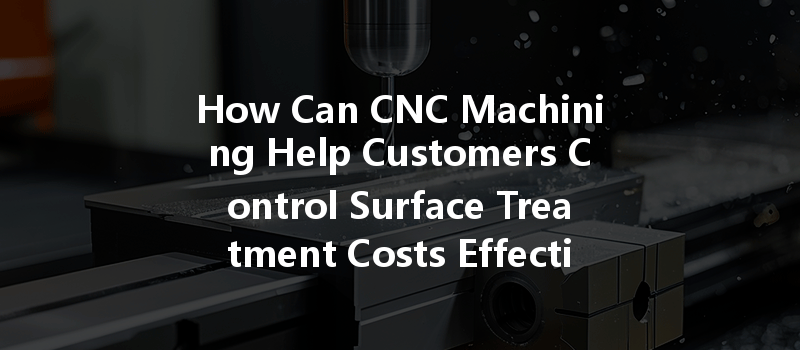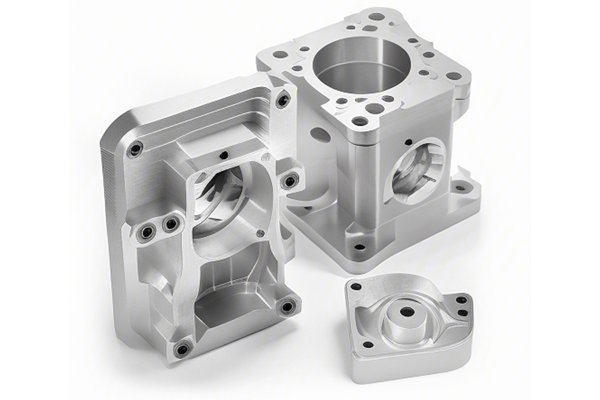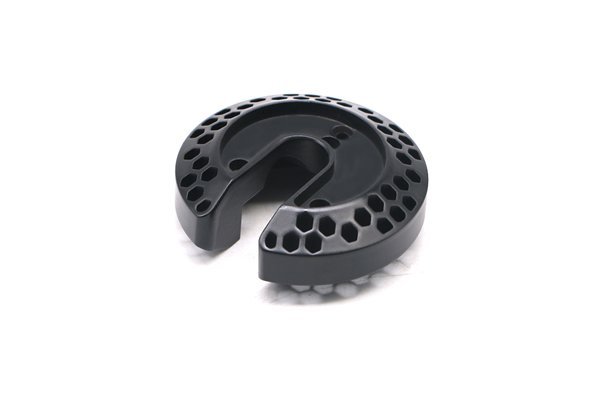Did you know that surface treatment can account for up to 20% of the total manufacturing costs in industries relying on metal parts? In a highly competitive market where efficiency and cost management are paramount, manufacturers are constantly searching for ways to optimize their processes. One such solution is Computer Numerical Control (CNC) machining, a technology that has dramatically changed the landscape of manufacturing and surface treatment. So, the pressing question remains—how can CNC machining help customers control surface treatment costs effectively?
Understanding CNC Machining and Surface Treatment
Before diving deep into how CNC machining can optimize surface treatment costs, it’s essential to understand what CNC machining is. CNC machining is a precision manufacturing process that uses computer-controlled tools to create parts from various materials. This technology allows for highly precise and repeatable manufacturing processes, which are critical in industries like aerospace, automotive, and medical devices.
Surface treatment, on the other hand, refers to various processes applied to the surface of a material to improve its appearance, protect it from corrosion, enhance adhesion, or facilitate other properties. Common techniques include anodizing, powder coating, sandblasting, and plating.
The Cost Implications of Surface Treatment
In any manufacturing project, cost control is crucial. When it comes to surface treatment, several factors contribute to the overall cost:
How CNC Machining Can Help Control Surface Treatment Costs
Now that we have a foundational understanding of what CNC machining and surface treatment entail, let’s explore how CNC machining can be harnessed to control surface treatment costs effectively.
One of the most significant advantages of CNC machining is its precision. Highly accurate machining translates to better surface finishes, which can reduce or eliminate the need for extensive post-machining surface treatments.
CNC machining allows for the careful selection of materials that are best suited for the intended application, factoring in surface treatment costs from the get-go.
With CNC machining, the automation of processes leads to shorter lead times for production. This not only helps in meeting tighter deadlines but also reduces costs associated with delayed surface treatments.

CNC machining processes can be easily scaled up or down, depending on customer demand. This scalability allows manufacturers to adjust their processes without incurring high upfront costs.
Certain CNC machines are equipped with different machining heads that can directly conduct surface treatment within the same process. This integration reduces the transition time between machining and surface treatment.
CNC machines minimize the role of manual labor in the machining process, significantly reducing the chances of errors that could lead to costly reworks or failures in the surface treatment.
Strategies for Implementing CNC Machining in Surface Treatment Cost Management
Now that we’ve discussed how CNC machining can aid in controlling surface treatment costs, it’s time to explore practical strategies manufacturers can employ.
A. Invest in Advanced CNC Technology
Investing in the latest CNC technology can lead to significant savings over time. High-end CNC machines often come equipped with features that enhance efficiency and reduce operational costs.
B. Focus on Employee Training
Training operators and engineers on how to effectively use CNC machines can drastically improve productivity and reduce costly errors.
C. Utilize CAD/CAM Software
Computer-Aided Design (CAD) and Computer-Aided Manufacturing (CAM) software can streamline the process, ensuring precise designs that minimize the need for post-production adjustments.
D. Conduct Material Studies
Understanding the compatibility of various materials with specific surface treatments will enable manufacturers to make more informed choices, ultimately leading to cost savings.
E. Regular Maintenance of CNC Machines
Regular maintenance of CNC machines will prevent downtime and ensure that machinery is functioning at peak efficiency, thereby reducing costs.
CNC machining offers a multitude of benefits when it comes to managing and controlling surface treatment costs. From precision and accuracy to reduced lead times and material selection, the advantages of employing this technology are extensive. As we’ve explored throughout this blog, strategic investments and practices in CNC machining can lead to significant savings and operational efficiencies.
The importance of considering CNC machining in the context of surface treatment costs extends beyond mere financial implications; it speaks to the very foundation of manufacturing competitiveness. As industries evolve, those who can effectively adapt their processes will not only survive but thrive.
Therefore, readers should reflect on how integrating CNC machining into their operations not only affects their bottom line but also their ability to innovate and maintain a competitive edge in the rapidly changing landscape of manufacturing. The time to embrace these technological advancements is now—after all, efficiency and cost-effectiveness pave the way for future success.






